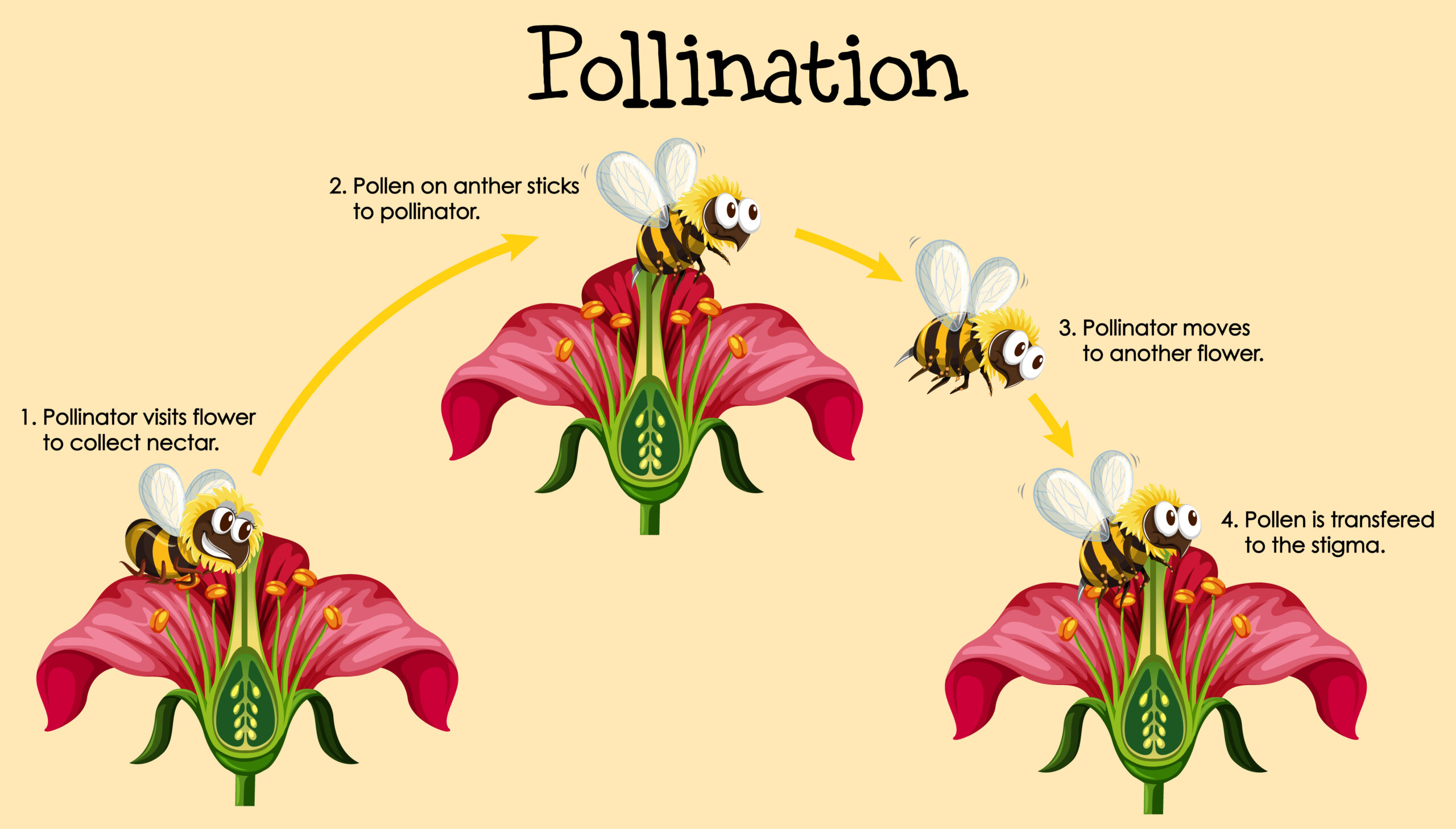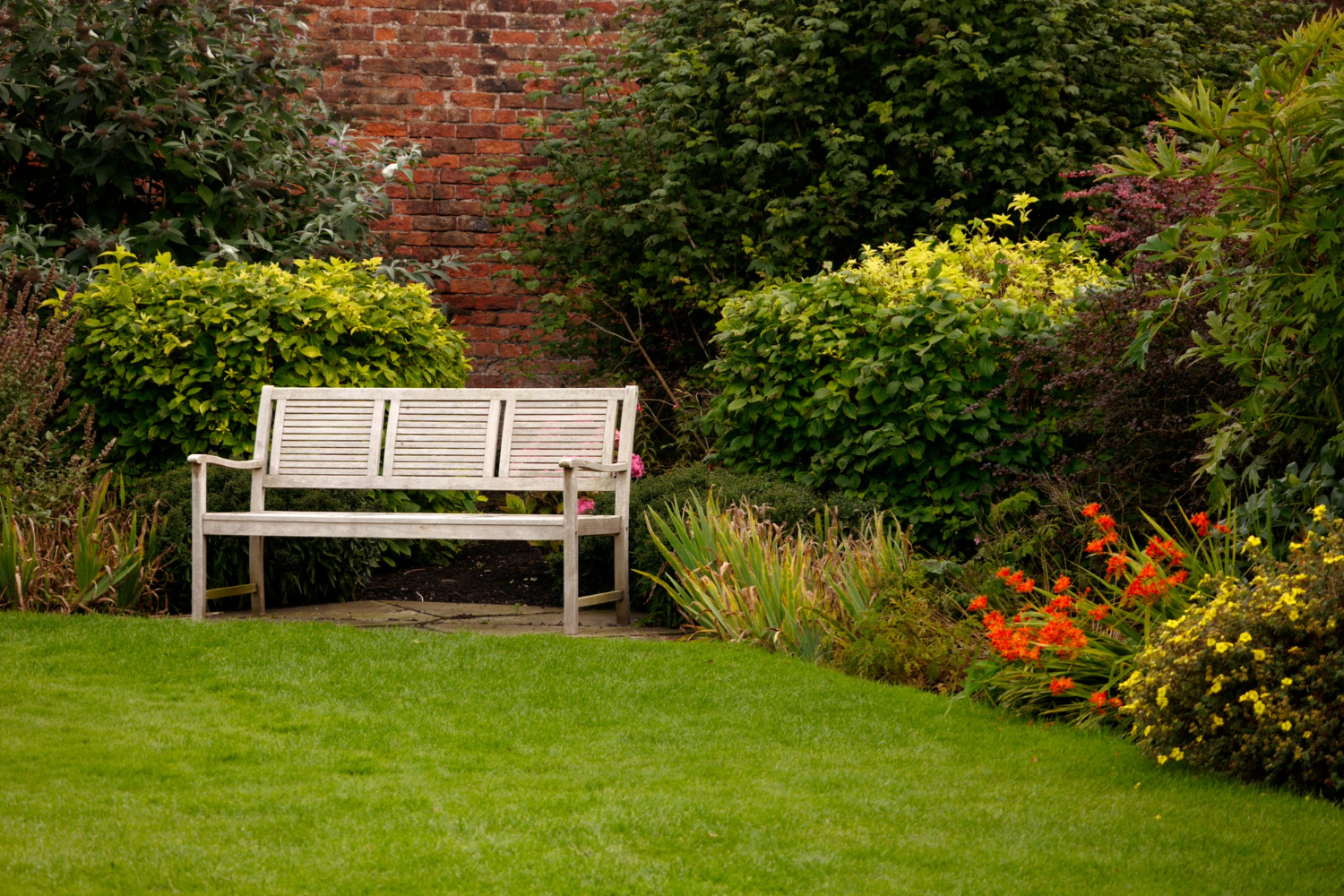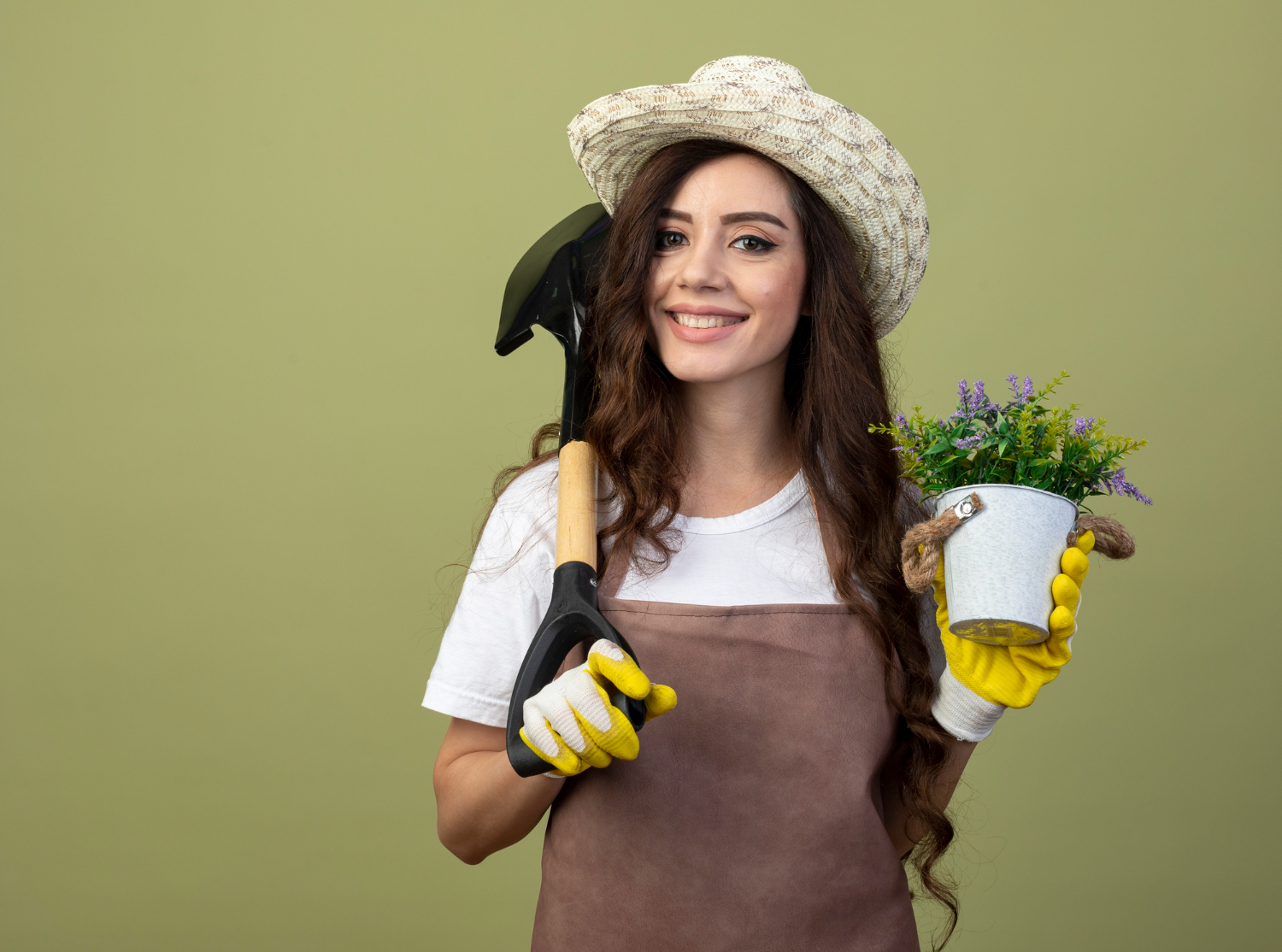Are you looking to maximize the productivity and beauty of your home garden? Look no further than the humble bee. These industrious insects play an essential role in pollinating plants, ensuring the growth of fruits, vegetables, and flowers.
By understanding the basics of pollination and creating a bee-friendly environment, you can encourage these vital creatures to visit your garden and help it thrive.
Pollination is the process by which pollen is transferred from the male part of a flower to the female part, allowing plants to reproduce. Without pollination, many plants would not be able to produce fruit or seeds, making it an essential process for both plants and humans.
Bees are particularly important pollinators, as they are attracted to flowers by their bright colours and sweet nectar. As they move from flower to flower, they transfer pollen, helping to fertilize plants and promote growth.
In this article, we’ll explore the important role bees play in pollination and how you can encourage them to visit your home garden.
Understanding Pollination and Its Importance
Pollination is crucial for ensuring the growth and reproduction of plants in your yard and beyond. The pollination process occurs when pollen is transferred from the male part of a flower to the female part of another flower, allowing for fertilization and the production of seeds.
This process not only benefits plants but also provides a vital service to agriculture, as many crops rely on pollinators such as bees, butterflies, and birds to produce a successful harvest. Without pollinators, such as bees, the agriculture industry would suffer greatly.
Bees are considered one of the most important pollinators because they are able to visit a large number of flowers and distribute pollen effectively. By encouraging bees in your home garden, you are contributing to the pollination process and helping to ensure the production of crops that provide food and other resources for people and animals alike.
The Essential Role of Bees in Pollination
You can thank the tiny, buzzing workers for fertilizing your plants and bringing forth a bountiful harvest. Bees play an essential role in pollination, which is necessary for the reproduction of many plants.
Bee diversity is crucial as different species of bees have varying pollination techniques, and a diverse bee population ensures that all types of flowers are adequately pollinated.
Bee-friendly plants are crucial in attracting and supporting bees in your garden. These plants provide a source of nectar and pollen for bees to feed on, thus encouraging them to stay and pollinate in your garden.
Additionally, bee-friendly plants also provide shelter and nesting sites for bees, ensuring that they have a safe haven to thrive and multiply.
Overall, bees are essential in maintaining the ecological balance of your home garden, and it’s crucial to encourage their presence by planting bee-friendly plants and creating a suitable habitat for them to thrive.
Attracting Bees to Your Home Garden
If you want to see your garden come to life with busy, buzzing bees flitting from flower to flower, then it’s time to start planting some bee-friendly plants.
Bees are attracted to flowers that are rich in pollen and nectar, such as lavender, sunflowers, and daisies. When choosing plants for your garden, consider the seasonality of the blooms to ensure a steady food source for bees throughout the year.
You can also plant a variety of different flower shapes and colours to attract a diverse range of bee species. Another way to attract bees to your garden is by setting up DIY bee houses.
These small structures provide a safe and cosy nesting spot for solitary bees, which make up the majority of bee species. You can make your own bee house by drilling small holes in a block of wood or stacking hollow bamboo tubes in a wooden box.
Place the bee house in a sunny spot near your flowers and watch as bees come and go throughout the day. By creating a welcoming environment for bees in your garden, you’re not only helping these important pollinators but also contributing to a healthier ecosystem overall.
Creating Bee-Friendly Environments
Who needs a garden of lifeless flowers when you can create a buzzing bee metropolis right in your own backyard?
Plant selection and habitat creation are crucial in creating a bee-friendly environment. Bees are attracted to a variety of flowers, so it’s important to plant a diverse selection. Choose flowers with different colours, shapes, and sizes. Bees are also attracted to flowers with a sweet fragrance, so consider planting flowers like lavender, roses, and honeysuckle.
In addition to plant selection, habitat creation is important for bees to thrive in your garden. Create a habitat by providing nesting sites. Bees need a safe place to lay their eggs and raise their young. Provide nesting sites by leaving bare patches of ground or building a bee hotel.
You can also create a water source for bees by setting up a shallow bird bath or adding a water feature to your garden. By creating a bee-friendly environment, you’ll not only encourage pollination but also help to support the declining bee population.
Maximizing Pollination for a Thriving Garden
Maximizing pollination is key to a thriving garden, and it can be achieved through simple steps.
Plant a diverse selection of pollinator-friendly plants and provide a habitat for bees to lay their eggs and raise their young.
Bees are the most efficient pollinators, and they can increase the yield of your garden by up to 30%.
To attract bees, you should plant a variety of flowers that bloom at different times throughout the growing season.
This will provide a continuous source of nectar and pollen for the bees.
Some great options include lavender, sunflowers, and asters.
Another way to encourage pollination is by creating DIY bee houses.
Bees need a place to lay their eggs and raise their young, and you can provide them with a safe and secure habitat in your garden.
You can make a simple bee house by drilling holes in a block of wood or by using hollow reeds.
Hang the bee house in a sunny location, and make sure to clean it out each year to prevent the spread of disease.
By creating a bee-friendly environment and maximizing pollination, you can enjoy a bountiful garden that is teeming with life.
Conclusion
Now that you understand the importance of pollination and the essential role of bees in your garden, it’s time to take action.
By attracting bees to your home garden and creating a bee-friendly environment, you can maximize pollination and ensure a thriving garden.
Did you know that honey bees are responsible for pollinating one-third of the food we eat? Without bees, many of our favourite fruits and vegetables would not exist.
By providing a habitat for bees in your garden, you are not only helping your own plants, but also contributing to the overall health of our planet.
So, take the necessary steps to attract bees to your garden and watch as your plants flourish. Remember, a little effort can go a long way in creating a sustainable and bountiful garden.










